Gardening during Isolation
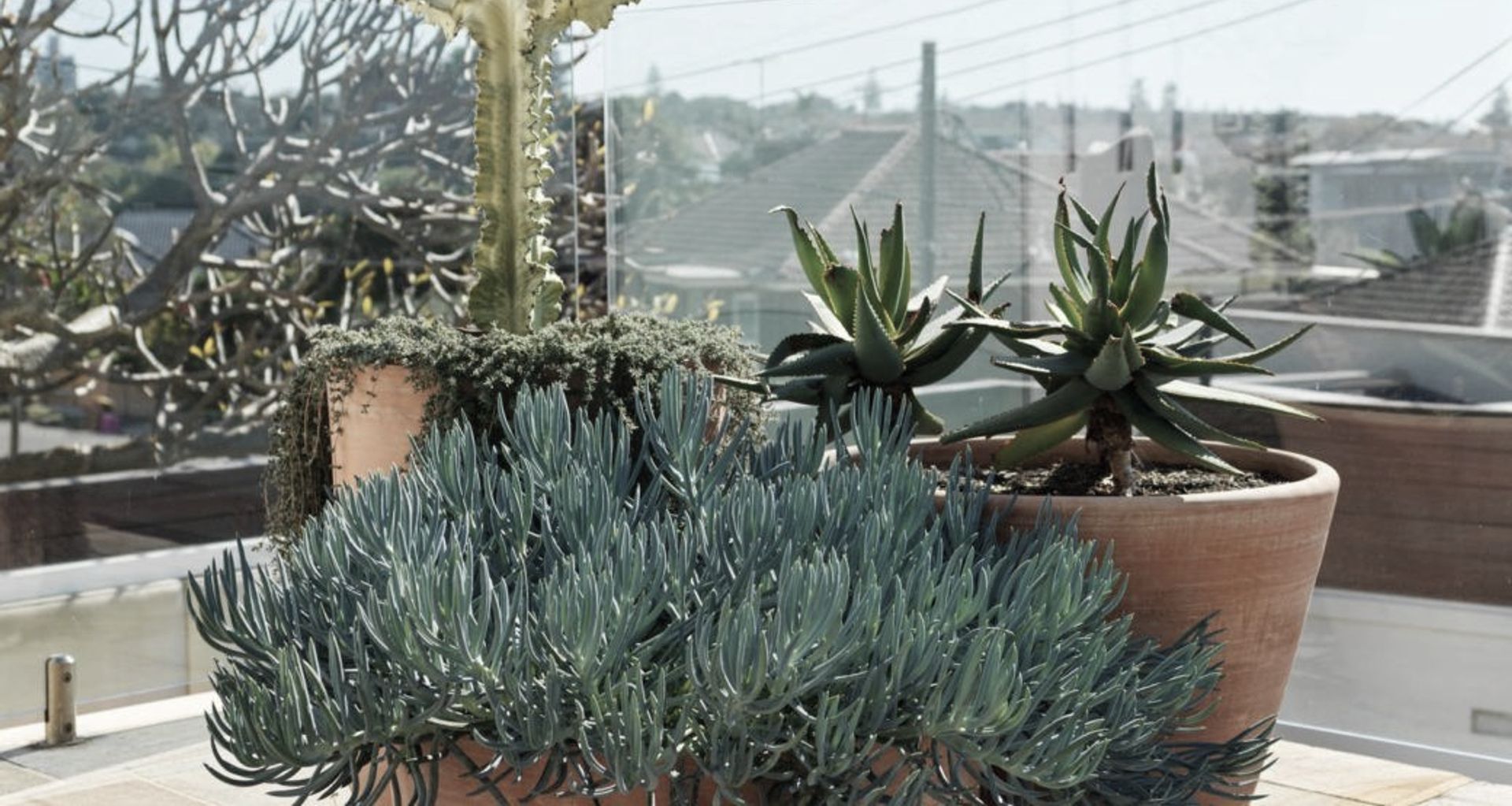
The natural pull towards our gardens and nature is being felt by many of us during this time of self-isolation.
Enticed by the fresh air and inherent optimism of plant life – not to mention the glorious autumnal sunshine – our senses are stirred, and our spirits lifted, thanks to the beautiful Australian outdoors that we are free to enjoy.
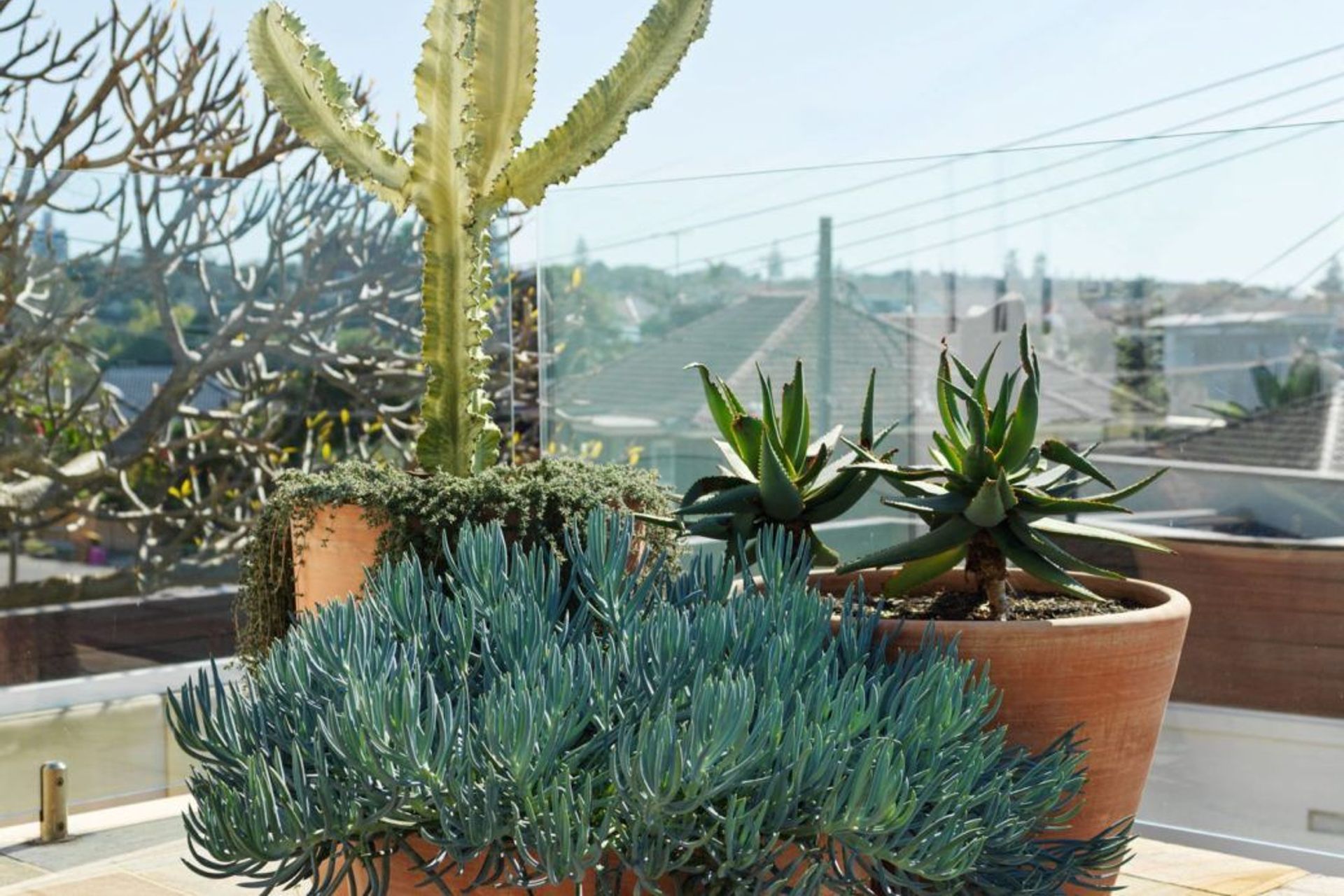
Pepo’s Director Nicola Cameron has been encouraging us to join a growing community of “iso” gardeners through her tips and videos on social media. We are receiving some great questions and responses to Nicola’s advice and will continue to stay connected with everyone through Facebook and Instagram.
Nicola has also compiled a list of jobs and garden tasks to guide and support you in your garden during this time.
1. Get prepared
Before you start in the garden, prepare yourself so you are safe, comfortable, and most importantly, look the part! Begin by finding some sturdy boots or covered, comfortable shoes, a long sleeve shirt, and some gardening gloves.
Then assemble good quality equipment. At the very least, you will need:
• Secateurs.
• Hedging sheers.
• A trowel and shovel.
• A steel and plastic rake.
• Buckets or tarps to carry garden waste.
• A hose and a watering can.
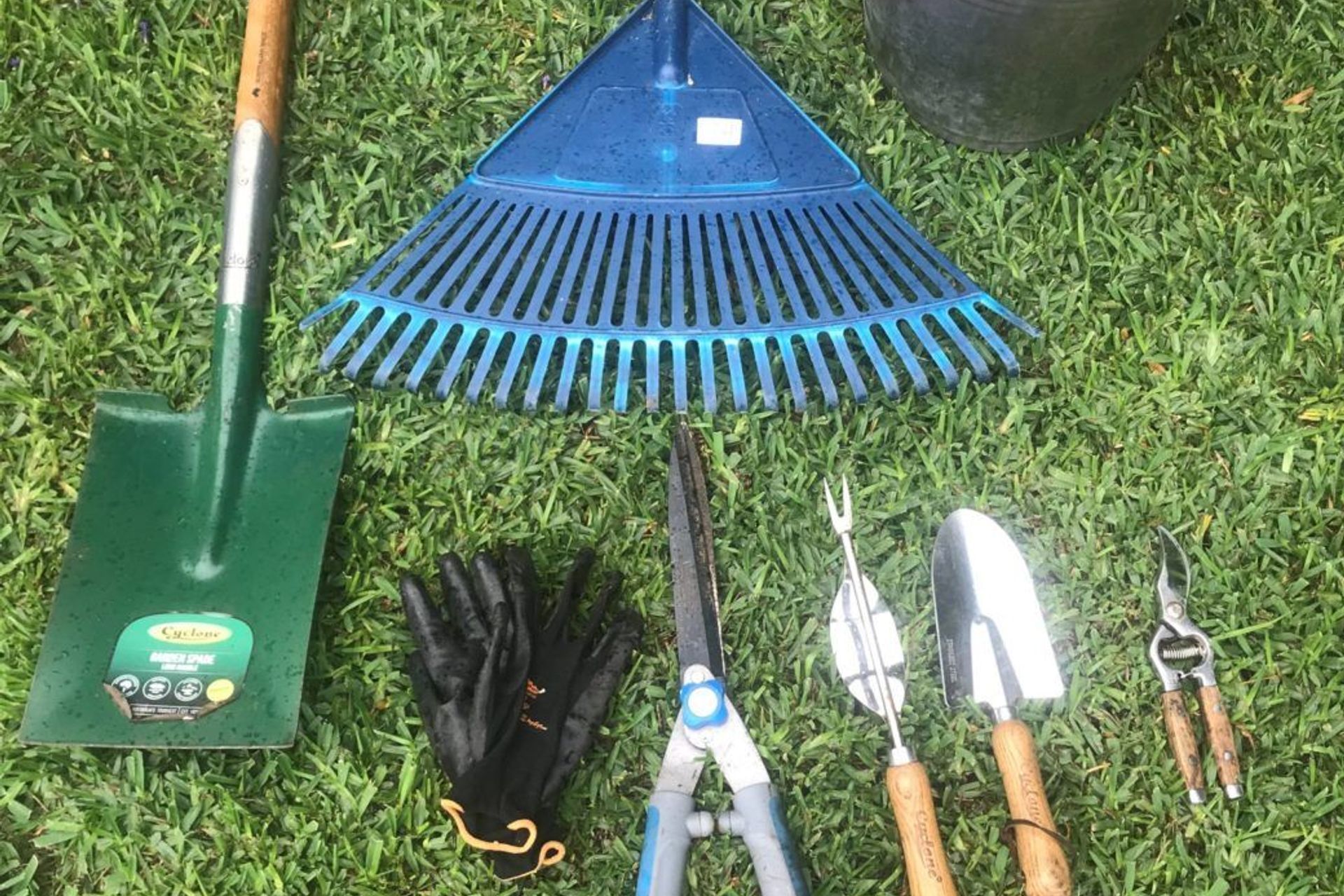
It is a big shopping list, but there is nothing worse than spending a planned day in the garden going backward and forwards to the garden centre – especially now when we are encouraged to stay at home.
2. Declutter and Repair
Stepping into the garden for the first time in a while can be a little overwhelming, so begin with a good sort-out and start by decluttering.
At the beginning, you might find all sorts of things, especially if you have children or pets. Start by collecting all the old plastic or broken pots and sorting gardening equipment, then remove any dead plants. This in itself can be an achievement and feel great even through its just the beginning!
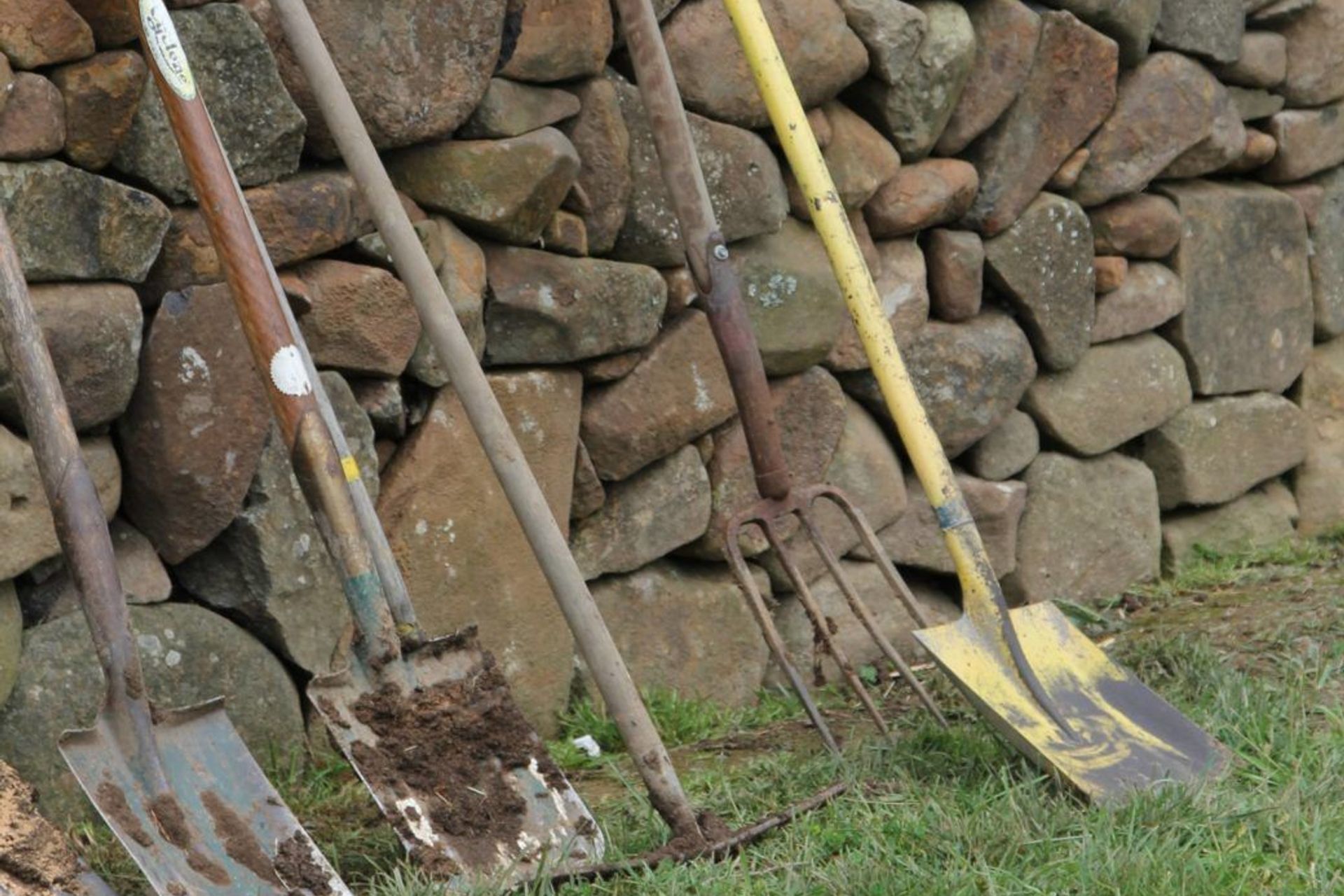
Once you have tidied up, you will have a clearer idea about what needs to be fixed and repaired.
This may include:
• Fences that need re-painting or staining. Pepo recommends using a dark colour on fences to help them to dissolve into the background and enhance the greenery of your plants.
• Lawn edging. If you have curved garden beds there is some great, simple-to-install aluminum edging that can be used to define the garden beds or lawn.
• Repairing or replacing handles and fittings. Check your gate latches and shed door handles which can rust and loose screws over time.
• Repair and replace broken or damaged decking, paving, or other ground material like bricks or concrete.
If you require a professional tradesperson for the bigger jobs, take some photos and measurements in order to get a quote. Many companies are willing to quote remotely at the moment, once they have the essential information.
3. Prune and tidy up garden beds
At this stage, it is worthwhile assessing your overall space and evaluating your planting hierarchy – from the large trees and hedges to the ground covers.
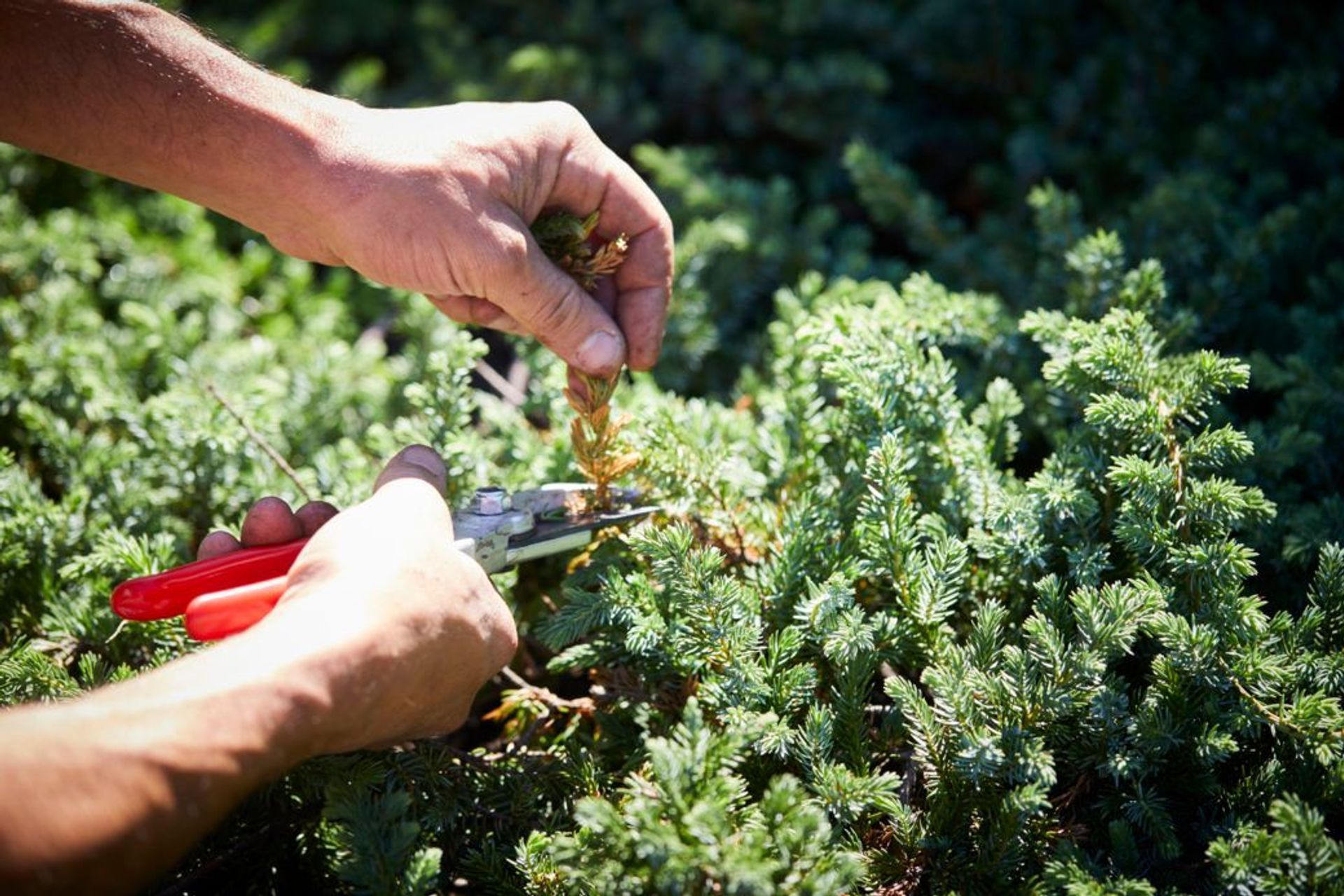
Start with weeding and removing unwanted plants based on the following guidelines:
• When hedging and shaping shrubs, always use clean and sharp tools. You cannot glue the branches back on, so don’t rush! Always step back and have a look at your work every few minutes to make sure the plant is looking balanced.
• If your large trees require pruning, it is advisable to engage a qualified arborist to do the work. If the job is not done correctly, trees might be permanently damaged.
• Allow plants to mingle and merge alongside one another in your garden. The continuity of colour and different textures flows more beautifully when plants are given permission to blend, rather than stand rigidly separate.
• Carefully assess your perennials and lower planting. This layer of planting will be determined by the size of your garden, the style, and the aspect of your space.
4. Improve your soil
Good soil is the lifeblood of your garden. Start by digging around in different areas to assess whether different patches of the ground are dry or without life. Ideally, the soil should be moist. Worms and organic matter are signs that the ground is in good condition.
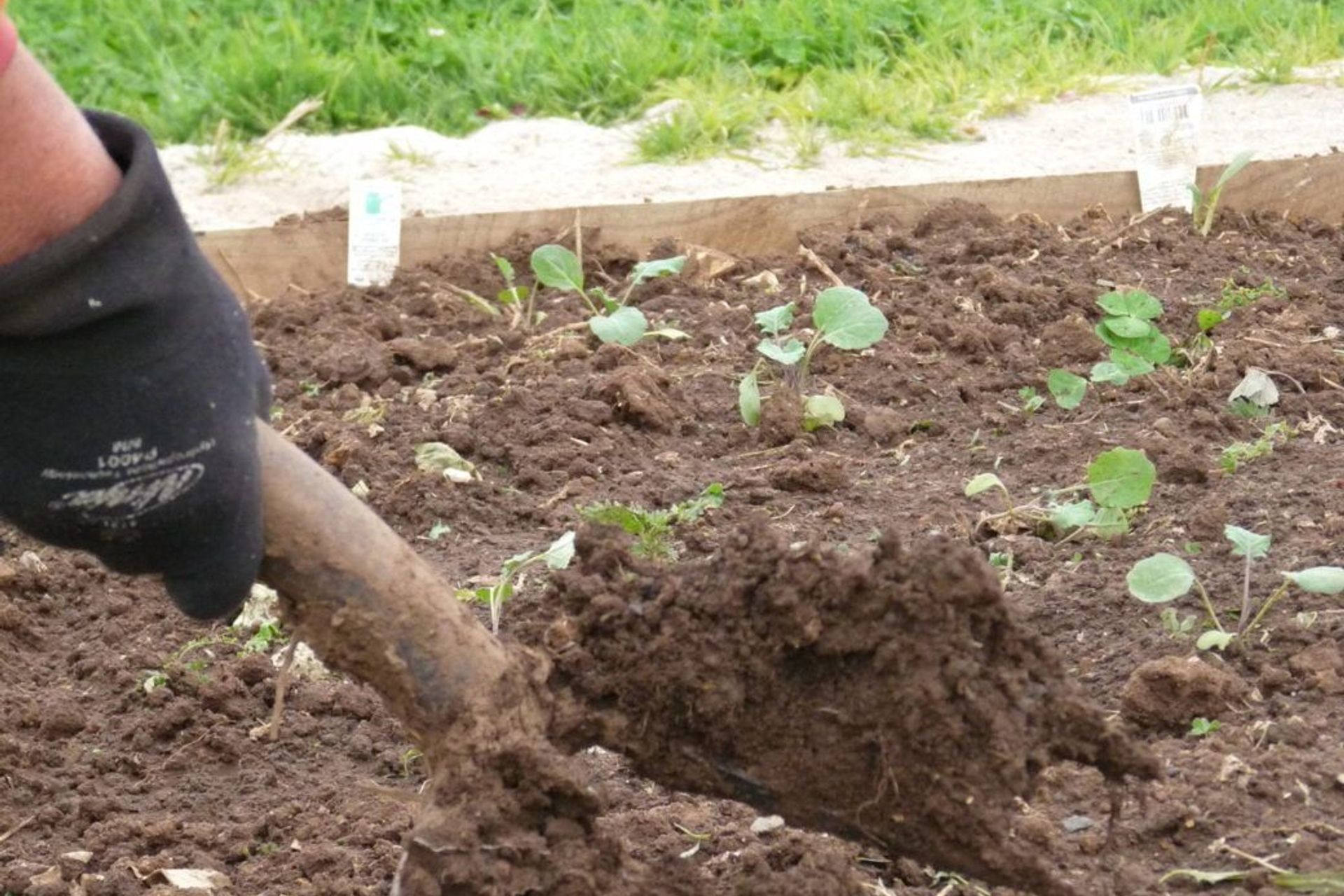
Ways to Improve your soil:
• Add organic matter such as cow manure and compost, which can be purchased in bags or in bulk.
• Regularly water-in liquid seaweed fertilizer to stimulate root growth.
• Add a general fertilizer containing Nitrogen, Phosphorus, and Potassium (NPK) to support your plant to grow, flower, and bear fruit.
5. Start planting
Autumn is a great time of year to plant, as the soil is still warm, and plants have an opportunity to establish themselves before it gets to cold.
it’s important to research the suitability of your selected plants, based on the type of soil and climatic conditions. It is also important to check whether the plants will be the right size and shape for your garden and that their texture and colour palette will complement your overall design.
Growing vegetables
Veggies can be planted in large tubs, raised planter beds, or at ground level. There are many ‘off the shelf’ metal raised planter beds to choose from, and if you are building a box, use ACQ treated pine as it is arsenic-free.
Add a good quality potting mix and then combine this with compost and manure. Pepo advises adding a soluble fertilizer and mulching with lucerne or sugar cane every fortnight and most importantly, keeping the garden bed moist.
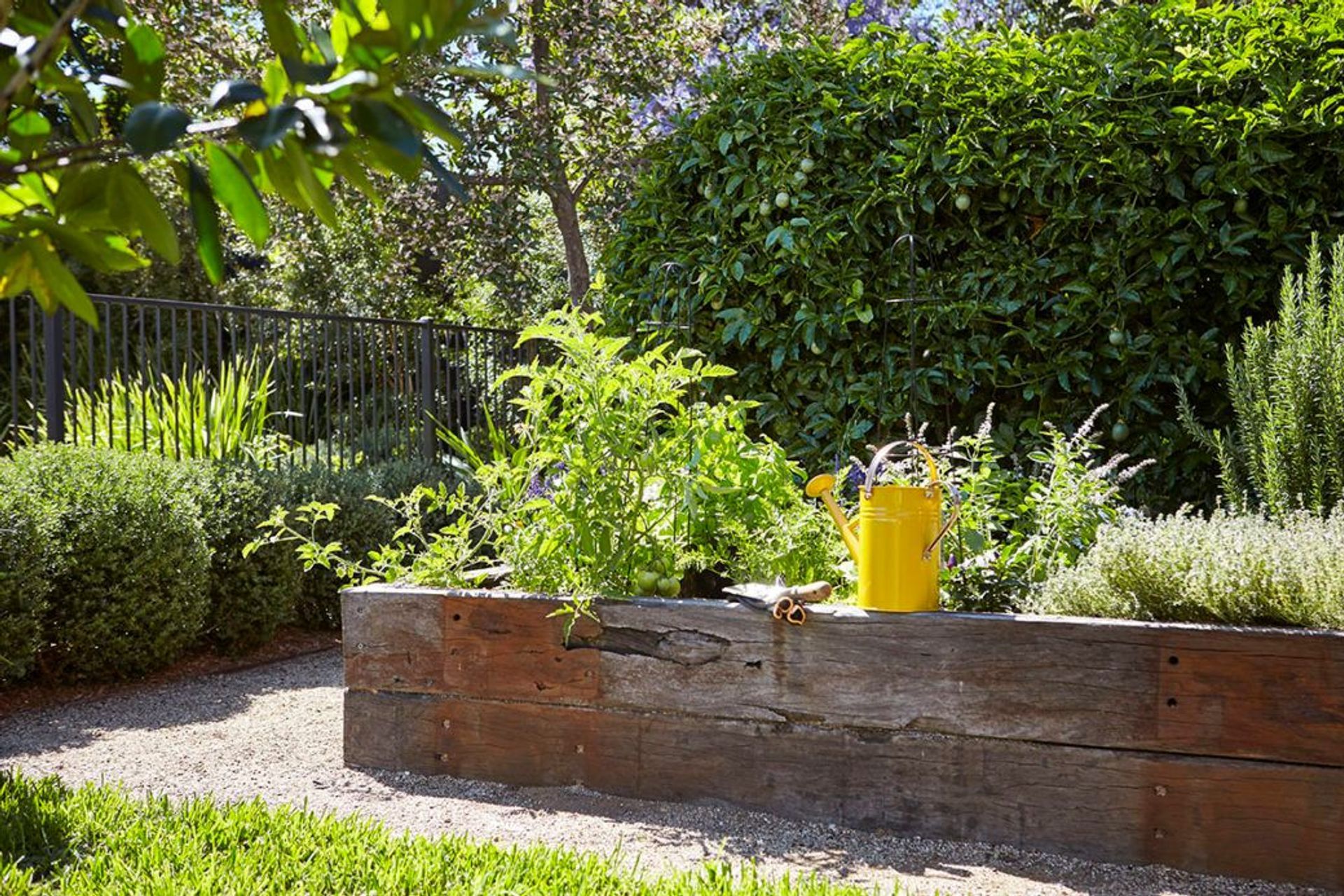
Vegetables to Plant in Autumn:
• Broccoli
• Kale
• Spinach
• Carrots (planted from seed)
• Cabbage
• Leafy greens. These can be planted every 4-6 weeks at any time of the year in most climates, as long as they are covered to protect them from frost.
Growing herbs
Pepo suggests planting herbs – either in pots or in the ground – close to the house, so they are easily accessible.

Herbs are renowned for their medicinal qualities and these are Nicola’s favourite pics:
- Mint – easy to grow but it can tend to take over, so always plant on its own, in a shady spot. Assists with digestion, freshening breath, and relieving anxiety.
- Rosemary – can be planted as a shrub or a ground cover and needs full sun and good drainage. Assists with memory and concentration.
- Parsley – happily grows in sun or shade but prefers moist soil so it doesn’t become bitter. Assists with bone and heart health.
- Chives – prefers rich soil and good drainage. Assists in maintaining immunity thanks to its high levels of vitamin C and calcium. It also promotes good sleep.
- Tarragon – grows in full sun and moist soil as a small shrub in pots, or in garden beds. Assists with digestion problems, poor appetite, and water retention, plus promote sleep.
- Lemon Verbena – this woody semi-deciduous shrub requires semi-shade. Assists with fighting colds and fever, plus wards off anxiety, indigestion, and insomnia.
- Chilli – enjoys full sun and good drainage. It helps wounds to heal more quickly, increases energy and metabolism, and promotes healthy bones and kidneys.
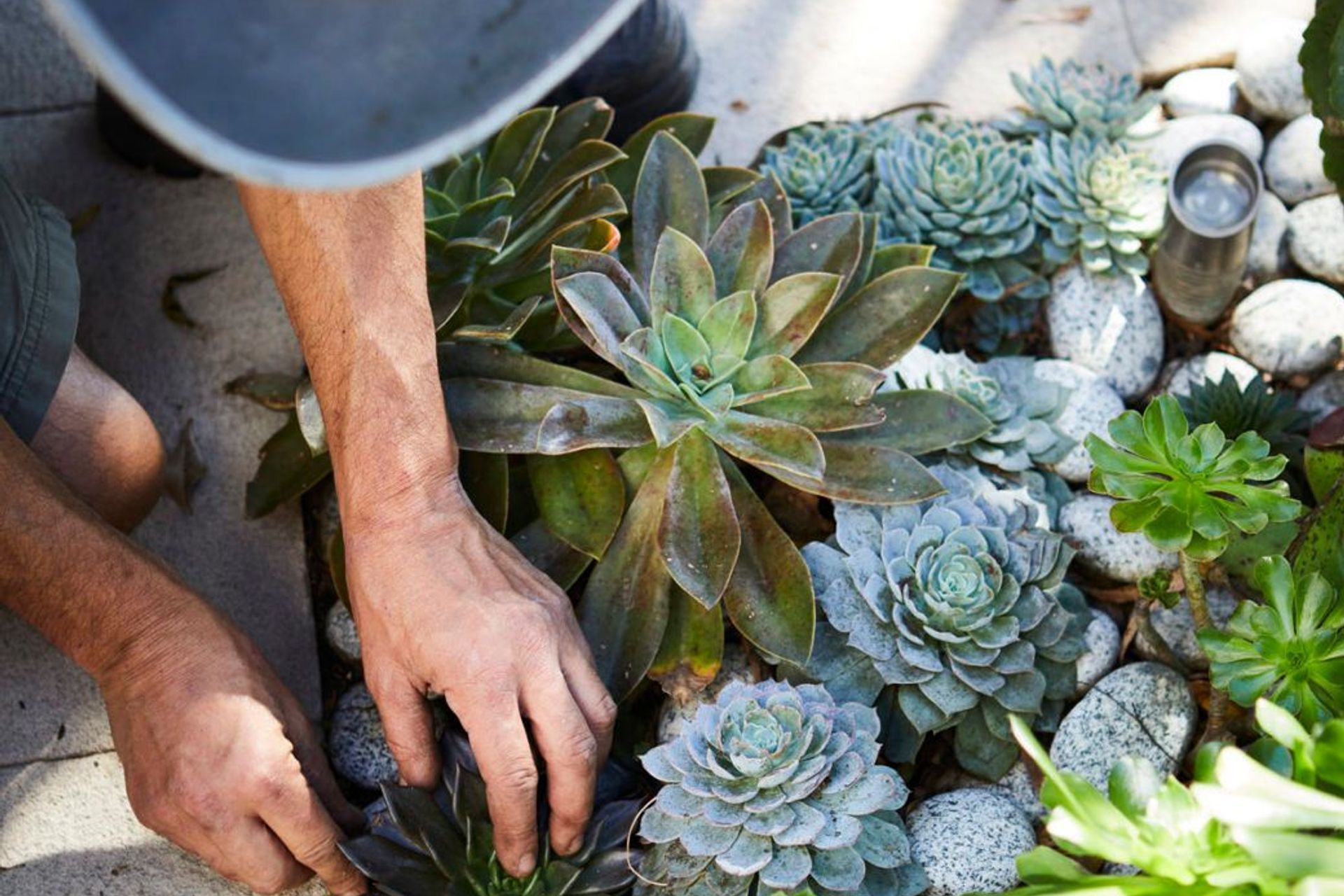
For more tips and answers to your questions, follow Pepo Botanic Design on Instagram and Facebook.
Let’s stay connected by gardening together!
CLICK HERE to visit our news pages for more advice and tips.
